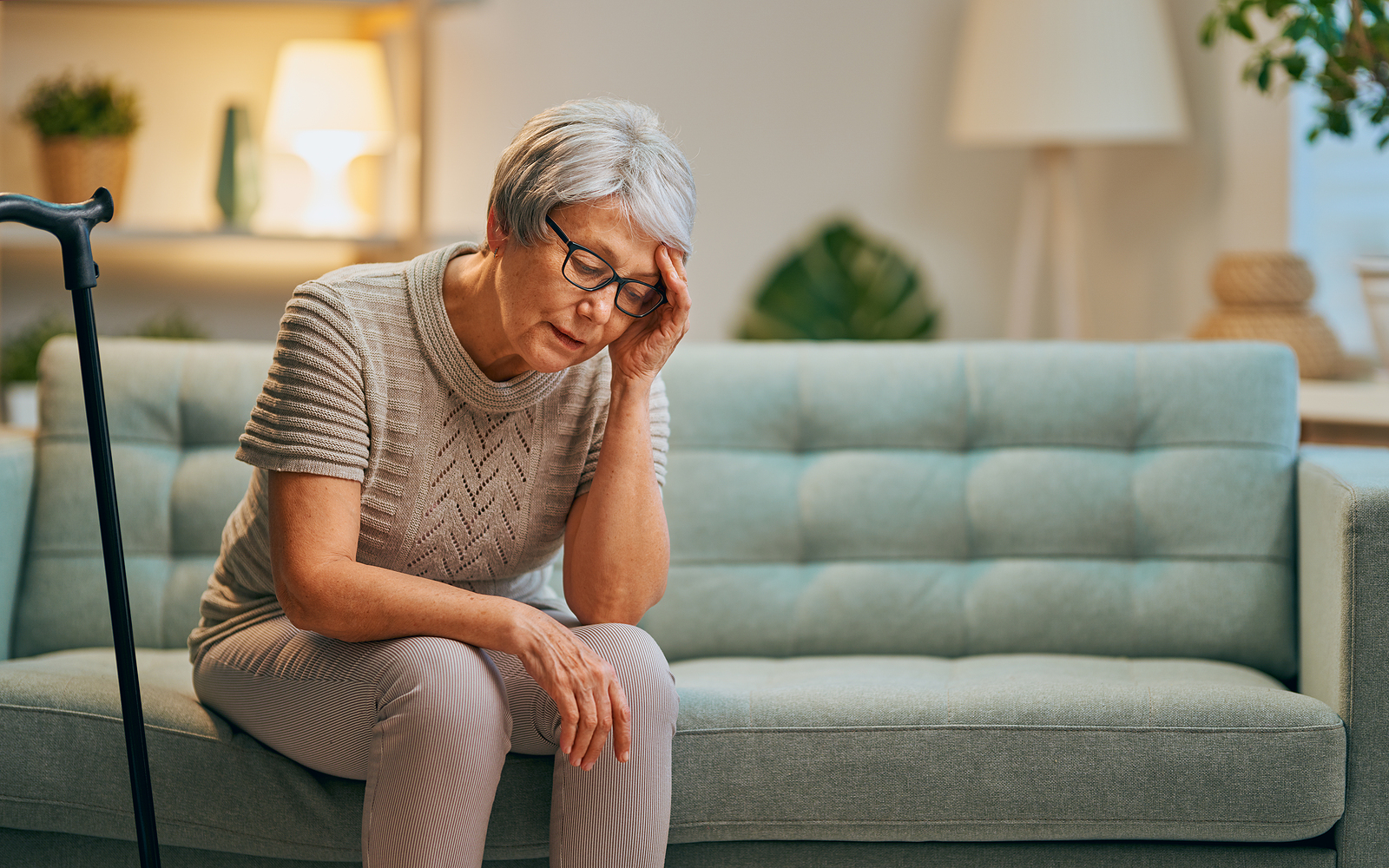It can be tough to distinguish normal signs of aging from those that indicate an elder is struggling. Here are a few pointers to tell if it’s time to move to senior living.
Family members may become caregivers for a senior without even realizing it. For some adult children, it begins with taking care of a parent’s yard or driving them to appointments and errands. As the elder’s health challenges persist, families take on more and more responsibilities. It can happen so gradually that loved ones may not realize just how much they are doing.
If you are a caregiver wondering whether the changes in your senior family member are normal signs of aging or mean it’s time to consider a more supportive environment, you aren’t alone. Accepting that a loved one needs more help than you can provide isn’t easy. It can require a major lifestyle change that brings about strong emotions.
Denying there is a problem is understandable and can be easy to do. But if a crisis occurs, families can be left struggling to find a solution during an already stressful time. Should you find yourself in this situation, here are a few signs to look for in your senior loved one.
Is It Time for Senior Living?
Senior living communities are more than just a safe place for older adults to call home. With around-the-clock caregivers, healthy meals, wellness programs, and a variety of activities, they nurture residents’ mental, physical, and spiritual well-being. They provide a balance of independence and support. A few signs that indicate its likely time to begin the search for an assisted living community include:
- Falling or having close calls: Falls are the leading cause of fatal and nonfatal injuries among seniors. Most falls occur at home. Older houses usually weren’t designed with senior safety in mind. Staircases and bathtubs can be especially risky for an unsteady senior. Other potential hazards include poor lighting, uneven carpeting, and throw rugs. Senior living communities have an environment that reduces the risk for falling, including single-level living, handrails in hallways, grab bars, and accessible bathrooms. These communities also offer wellness activities that can help increase core strength and improve balance.
- Spending too much time alone: When a senior has a medical condition or mobility challenge, or lacks transportation, they might spend a considerable amount of time alone. For an older adult, that can result in a decline in mental and physical well-being. In fact, loneliness and isolation have been identified as a serious health risk for seniors. Researchers have linked isolation to higher incidences of heart disease, diabetes, depression, obesity, and more. By moving to a more accessible environment with on-site activities and social events, an older adult can protect their overall well-being.
- Making medication mistakes: It’s more common for seniors to take prescription and over-the-counter medicines than it is for younger people. That can make it challenging to manage medication. A senior might take too much of one while forgetting to take another at all. Or they might fail to take an essential medicine on time. These types of mistakes can be dangerous and may result in a visit to the hospital emergency room. One of the many advantages of moving to a senior living community is help with medication management. Caregivers typically oversee administration of medications and ordering refills.
- Developing poor eating habits: For older adults, especially those who live with health issues, preparing well-balanced meals every day can feel like a lot of work. It’s one reason why seniors often have diets that consist of fast food, processed foods, and frozen dinners. While these might be convenient, rarely are they healthy. Frozen dinners, for example, can be high in sodium and calories and low in nutrition. Maintaining a healthy diet is essential for warding off disease and preventing falls. Senior living communities usually have nutritionists and chefs who ensure meals are both nutritious and tasty. It’s common for new residents to feel better after only a few weeks eating an improved diet at their new community.
- Worsening caregiver health: One last item to add to your list is the state of your own health after caring for a senior loved one. Caregiving can become an around-the-clock role that makes fatigue and stress part of everyday life. Caregivers experience higher rates of back problems, digestive issues, and migraines than their non-caregiving peers. If your personal health is declining, it might be time to talk with your family about beginning the search for a senior living community.
Schedule a Visit
If your search for a solution for a family member includes exploring options in and around Waldorf, Maryland, we invite you to consider The Charleston Senior Living. With care options ranging from rehabilitation and assisted living to memory care for adults with dementia, The Charleston can offer a solution that best meets your loved one’s needs.
Learn More about Financing Senior Living in This Free Guide
If a senior living community sounds like a good fit for you or an elder in your family, you might appreciate a resource we created. You can download our complimentary Funding Guide to learn more about budgeting and financing a move to a senior living community.








